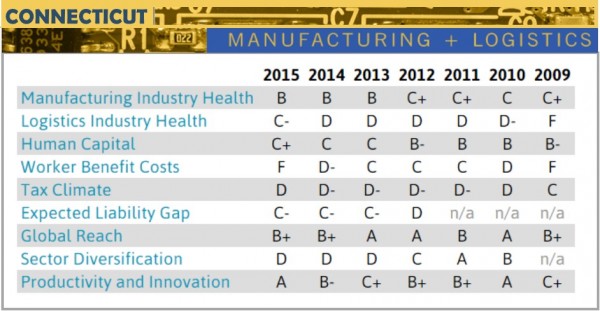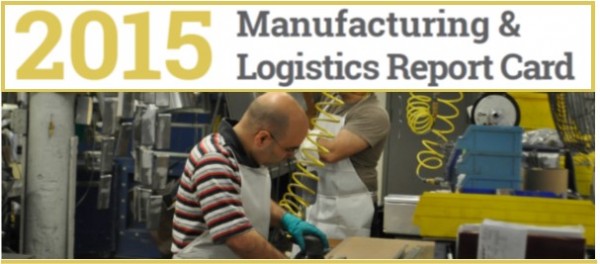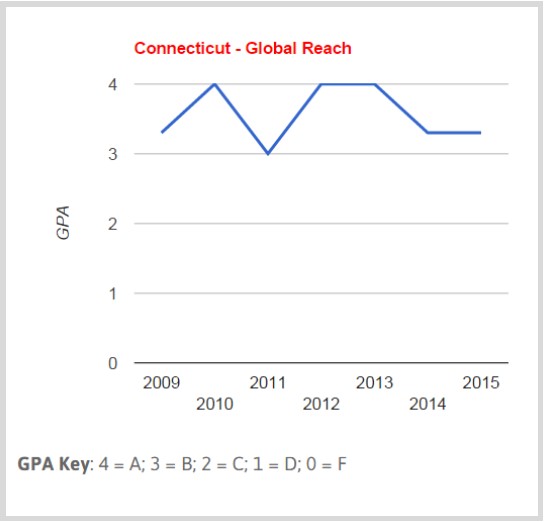Fledgling "Businesses with Impact" Recognized, Receive Funds to Propel Start-Up
/When reSET, the Social Enterprise Trust, whose mission is advancing the social enterprise sector, revealed the winners of its annual Impact Challenge last week, the top award recipient was FRESH Farm Aquaponics, with Movia Robotics, Planet Fuel Beverage Company, Hartford Prints! and Parrot MD rounding out the top five.
While the businesses may not be household names, they do represent an increasing number of start-up businesses that are not only seeking a foothold in their respective industries, but are looking to contribute to their community – locally or globally – along the way.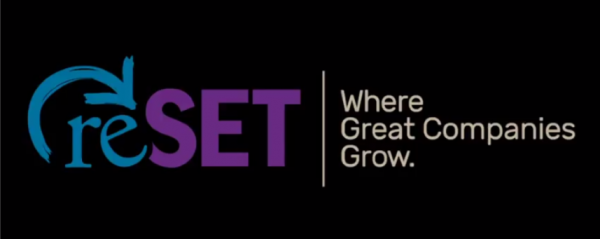
Based in Hartford, FRESH Farm Aquaponics is devoted to providing “the best quality aquaponic food to our community sustainably, teaching a new generation with aquaponics, and engaging the community to develop a local food ecosystem.” The company proclaims “expect from us the best produce available locally, year round in the Hartford County area. You will also see us engaging local schools in pioneering aquaponic experiments from elementary schools to universities.” (see video below)
Planet Fuel is a  sustainable lifestyle beverate brand for teens and tweens. The company's goal is to inspire young people to realize the power of consumer choices to effect social and environmental change.
sustainable lifestyle beverate brand for teens and tweens. The company's goal is to inspire young people to realize the power of consumer choices to effect social and environmental change.
MOVIA Robotics provides an innovative approach in educating children with autism to "form connections inside the world we live in today." The company uses robots and develops "our own software based on interactions with therapists and children."
Now in its fifth year, the reSET Impact Challenge recognizes the most innovative and impactful early stage ventures and start-ups from all industries throughout New England. The event, held at The Society Room of Hartford, saw a record, sellout crowd of 300 in attendance.
Diamond Level - $20,000 + Professional Services Package (1 Winner)
FRESH Farm Aquaponics (http://www.freshfarmct.org)
Gold Level - $10,000 + Professional Services Package (2 Winners)
Movia Robotics (www.moviarobotics.com)
Planet Fuel Beverage Company (http://www.planetfuel.com)
Silver - $5,000 + Professional Services Package (2 Winners)
Hartford Prints! (hartfordprints.com)
Parrot MD (parrotmd.org)
People’s Choice - $1,500 + Professional Services Package (1 Winner)
BookBugs (www.bookbugs.net)
Investor’s Choice - $1,500 (1 Winner)
Send Help Back Home (www.sendhelptoday.com)
Bronze - $500 (7 Winners)
Asarasi, Inc. (www.asarasi.com)
Beautiful Day / Providence Granola Project (www.providencegranola.com)
BookBugs (www.bookbugs.net)
Daily General Counsel (www.dailygeneralcounsel.com)
Dream See Do (https://www.dreamseedo.org)
Hugo & Hoby (www.hugoandhoby.com)
LOTUS Alliance LLC (www.lotusalliance.org)
 The five awards judges - Sherrell Dorsey of Uber and Triple Pundit, Adam Dotson of Ironwood Capital, Claire Leonardi, an advisor to reSET's Social Enterprise Investment Fund and former CEO of Connnecticut Innovations, Anthony Price of LootScout and Paul Witinski of Ironwood Capital - narrowed down more than 100 applicants to 12 honorees. The People’s Choice winner was selected via more than 1,800 online votes.
The five awards judges - Sherrell Dorsey of Uber and Triple Pundit, Adam Dotson of Ironwood Capital, Claire Leonardi, an advisor to reSET's Social Enterprise Investment Fund and former CEO of Connnecticut Innovations, Anthony Price of LootScout and Paul Witinski of Ironwood Capital - narrowed down more than 100 applicants to 12 honorees. The People’s Choice winner was selected via more than 1,800 online votes.
Since its inception, reSET’s Impact Challenge has awarded more than $180,000 to scaling entrepreneurs. reSET is a nonprofit organization whose mission is advancing the social enterprise sector. Its strategic goals are threefold: to be the “go-to” place for impact entrepreneurs, to make Hartford known as Impact City, and Connecticut the Social Enterprise state. In addition to providing co-working space, accelerator and mentoring programs, reSET aims to inspire innovation and community collaboration, and to support entrepreneurs in creating market-based solutions to community challenges. reSET’s goal is to meet entrepreneurs wherever they are in their trajectory and to help them take their businesses to the next level.
reSET’s Impact Accelerator recently was a winner of the U.S. Small Business Administration Growth Accelerator Competition, the only Connecticut growth accelerator to receive the award this year.
https://youtu.be/A03RH_htQ88



 “I would like to congratulate all of the members of Stamford 2030 for joining together to make vital changes for our community," said Stamford Mayor David Martin. "The partners in Stamford 2030 have really stepped up for the success and sustainability of our city and the surrounding area. And they are not alone. For our part, the city is committed to improving storm resiliency and moving forward with the Energy Improvement District. We believe these efforts are tied to our economic development and ability to attract people to Stamford while conserving important natural resources, all necessary for sustained growth and prosperity.”
“I would like to congratulate all of the members of Stamford 2030 for joining together to make vital changes for our community," said Stamford Mayor David Martin. "The partners in Stamford 2030 have really stepped up for the success and sustainability of our city and the surrounding area. And they are not alone. For our part, the city is committed to improving storm resiliency and moving forward with the Energy Improvement District. We believe these efforts are tied to our economic development and ability to attract people to Stamford while conserving important natural resources, all necessary for sustained growth and prosperity.”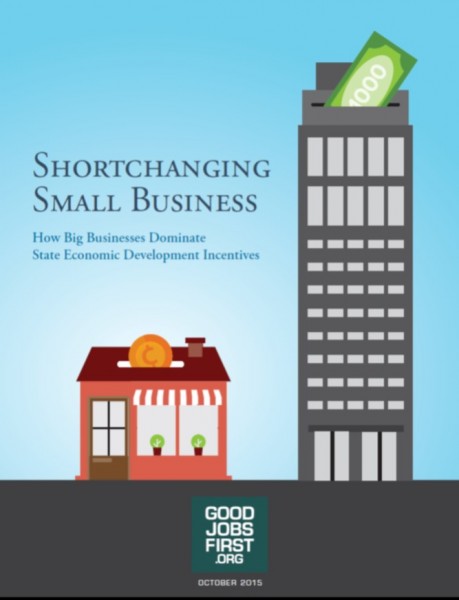




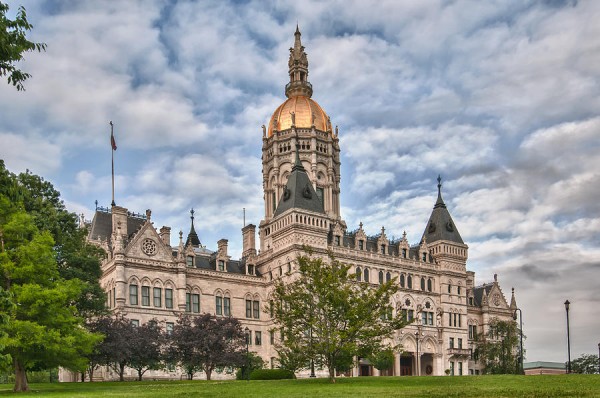 Alabama’s special session – the first in five years - was held over the summer, convening on July 13 and ending in disarray in mid-August, with a second special session on the state budget convened and concluded in mid-September. Among the
Alabama’s special session – the first in five years - was held over the summer, convening on July 13 and ending in disarray in mid-August, with a second special session on the state budget convened and concluded in mid-September. Among the 
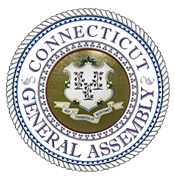 Democratic legislative leaders and Republican legislative leaders are
Democratic legislative leaders and Republican legislative leaders are 
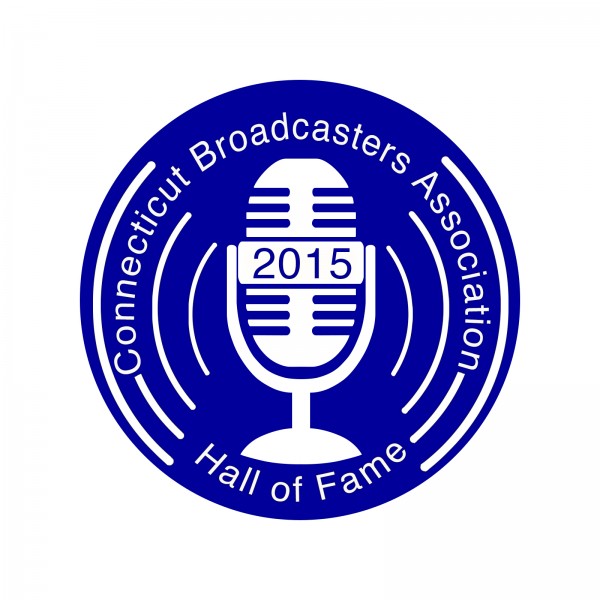
 k of Connecticut network.
k of Connecticut network.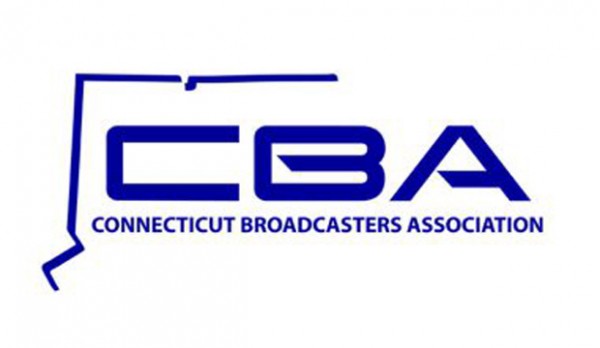 7 through 2006, and continues to consult. He has also served multiple terms as chairman of the NAB. Prior to founding NewCity Communications, he was president of Katz Broadcasting Co.
7 through 2006, and continues to consult. He has also served multiple terms as chairman of the NAB. Prior to founding NewCity Communications, he was president of Katz Broadcasting Co.
